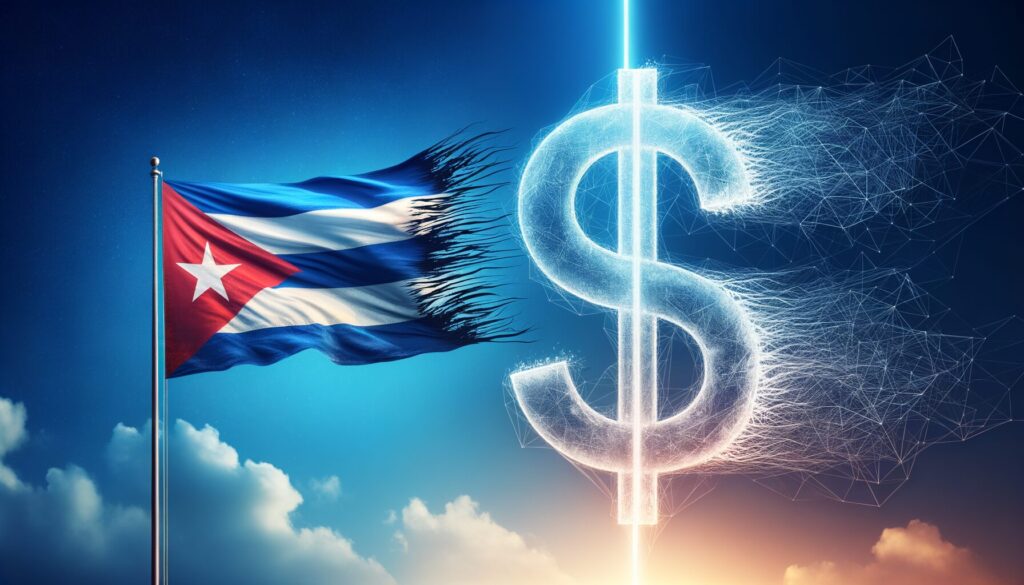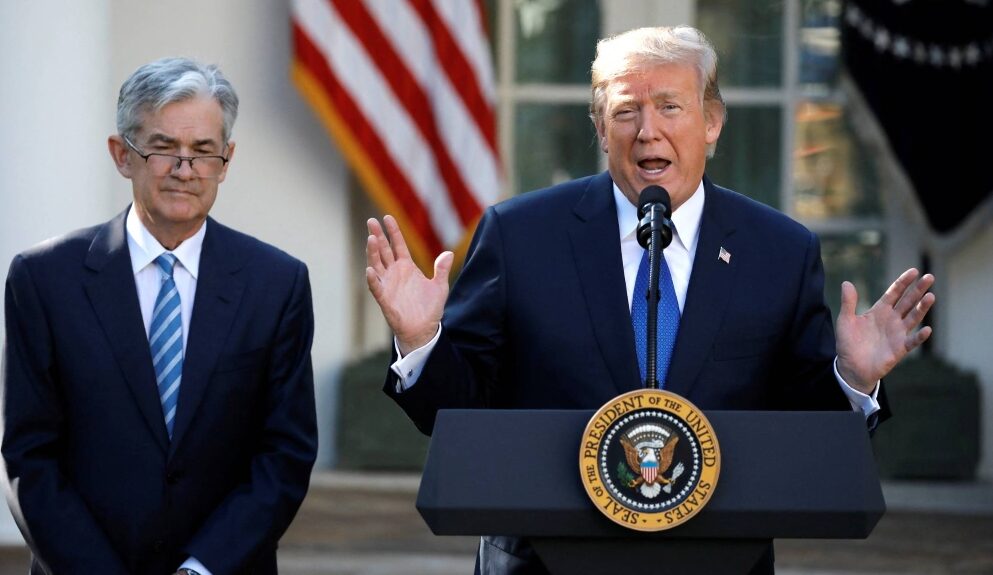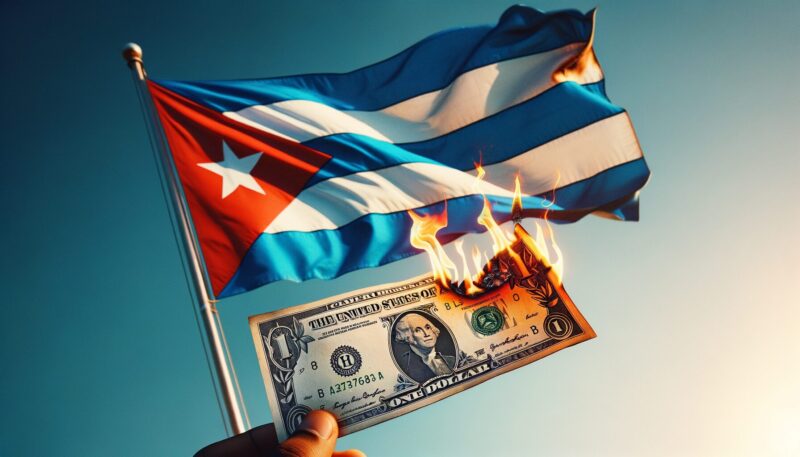De-dollarization threatens the current global currency stability as Cuba reintroduces dollar stores and, at the same time, Trump also prepares for some aggressive tariff policies. This weak dollar impact is also creating some economic divides both domestically and internationally as nations are starting to shift away from USD dependence.


Also Read: Cardano: AI Predicts ADA Price Forecast April 5th, 2025
How Cuba’s Dollar Stores & Trump’s Policies Shape Global Currency


Cuba’s Dollar Economy Reflects Global De-Dollarization Trends


Cuba’s resurrection of dollar-only stores represents, in many ways, a microcosm of the global de-dollarization challenges. While the communist nation struggles to obtain dollars, many countries are also actively working to reduce their dollar dependence.
Prime Minister Manuel Marrero called the dollar stores “a necessary process” for the state to capture some dollars from the black market. This partial dollarization is also creating an obvious and worrying level of inequality, as many Cubans lack access to the U.S. currency despite needing it for essential goods and services.
The contrast between dollar stores and peso establishments has become so pronounced that Cubans nickname them “the prince and the pauper.” This economic divide also mirrors the ongoing global currency shift that is taking place right now as nations are seeking for some alternatives to dollar dominance.
Trump’s Economic Strategy Accelerates De-Dollarization


Trump’s “Liberation Day” tariff announcement promises to reshape global trade and potentially accelerate de-dollarization even further. The administration is reportedly considering imposing approximately 20% duties on products from nearly all countries.
This aggressive economic strategy is sending ripples through currency markets. Canada and Mexico have already discussed ways to “fight unjustified trade actions” from the U.S., signaling growing resistance to dollar-based trade systems.
Also Read: Gold to Surge 10.7% by May 2025 – Safe-Haven Demand Drives Price to $3,448.54
The dollar has also responded with some slight firmness in the middle of the market anxiety, but analysts warn that this could also just be temporary. The weak dollar impact threatens to undermine Trump’s broader economic goals as global partners seek alternative trading currencies and such.
Weak Dollar Threatens U.S. Economic Power
The historically weak dollar creates existential threats to U.S. economic dominance. As gold reaches all-time highs, the dollar hits concerning lows, mirroring patterns seen during economically troubled presidencies of Nixon, Carter, and Bush.
Trump’s latest and greatest economic strategy also appears at odds with dollar stability. As Americans see their purchasing power diminished, investors are increasingly parking wealth in hard assets rather than productive investments, further weakening economic prospects.


This de-dollarization cycle feeds itself: as the dollar weakens, nations accelerate their efforts to diversify currency reserves, creating additional downward pressure. Cuba’s dollar stores represent just one symptom of this global currency shift that we’re seeing at the time of writing.
Also Read: If You Put $1,000 Into Dogecoin When Elon Musk First Tweeted, Here’s Your Return
De-dollarization continues reshaping both developing economies like Cuba and global powers as the weak dollar impact spreads through international markets and Trump’s economic strategy faces crucial tests in the coming months.





